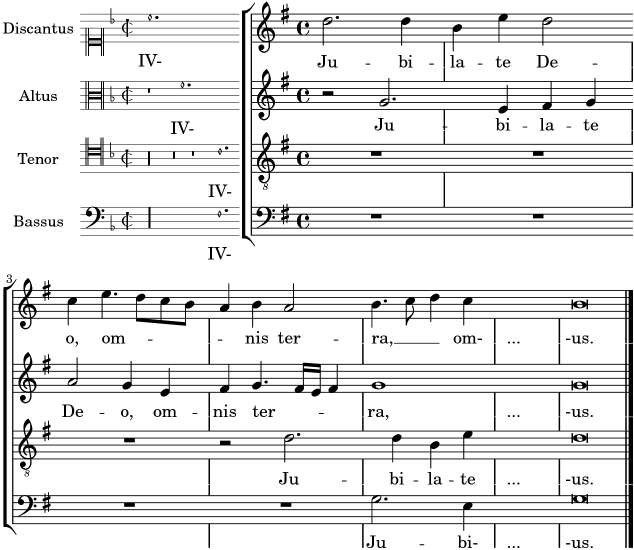

To return to the mechanic metaphor: not only would you be able to ask for repairs, but you will be able to ask for specific components or specific methods of installation once you realize the power, flexibility, and easiness that is changing LilyPond settings, you will have truly unleashed its power.

Sometimes, we will need to change LilyPond's default settings this is intimidating at first, but really we are just providing more specific instructions for what we want LilyPond to do. These instructions will tell LilyPond which tools to use, when, and with what settings. In order to create meaningful output with LilyPond, we need to provide it meaningful instructions, and this we do in text files with the *.ly extension. Similarly, LilyPond is run as a single program (as you would consult a single mechanic), but it employs a multitude of tools - some available elsewhere, but others specialized, so that the resulting output is useful to us in some way.

Some of their tools are available elsewhere, and some are quite basic, but it is not the tools themselves that gives the mechanic their power, but rather the ways in which the mechanic uses the tools. Regardless of the problem presented to the mechanic, they will automatically know which tools to use. LilyPond itself can be thought of as a highly-skilled automobile mechanic with a well-equipped toolbox. Making use of tools such as the Frescobaldi text-editor will help to increase productivity, to make trouble-shooting easier, and to ease the memory burden associated with the text-based approach. It is the goal of this guide to help users more quickly overcome the initial learning handicap incurred because of the text-based approach. However, once you have become accustomed to working with the software, and once you have learned methods to help deal with problems and organize your scores' source-files, you will probably realize that LilyPond is both much faster, and much more flexible, than traditional, commercially-available music engraving programs. LilyPond's users focus on what needs to be displayed, rather than on how it is going to be displayed.Īs with any particular approach, the LilyPond approach is not for everybody. This is where LilyPond comes in - users don't need to worry about how their score will work, because they know that the expertly-crafted methods of LilyPond will automatically configure the objects on the score so that they look good, and are easy to read. While this approach has its benefits, especially because it's very easy to see exactly what the printed score will look like, it also has disadvantages - chief among these is the fact that users of those programs are constantly worrying about what their score looks like. Conventional commercial notation engraving programs allow users to edit the score visually. LilyPond is text-based, and allows you to focus on the (semantic?) content of your musical scores, rather than on their visual appearance. LilyPond is a notation engraving program, with a focus on creating a visually appealing product. 9.3.2 Continuing with the Wind and Timpani Parts.8.4.1 Preparing the "PianoDynamics" Context.8.3.7 Octave-Change Spanners ("8ve" Signs, "Ottava Brackets").8.3.6 Polyphonic Sections in Homophonic Music.

7.3.2 Take away the word "Piano" at the start of the staves.5.1 Organizing Files, and Where to Put the Notes.


 0 kommentar(er)
0 kommentar(er)
